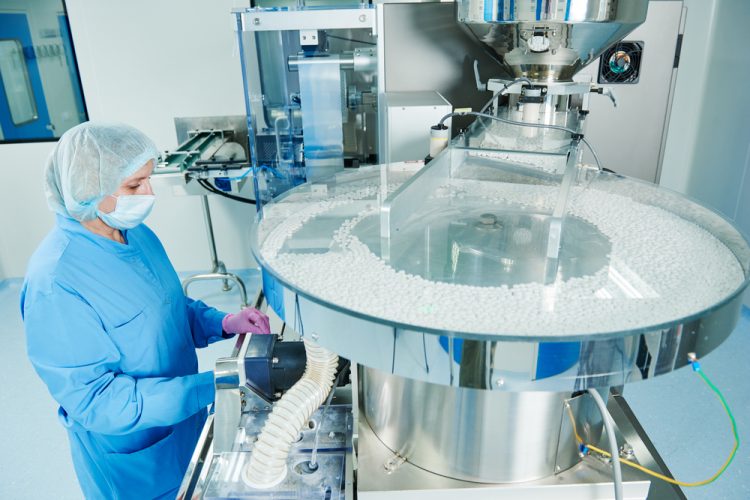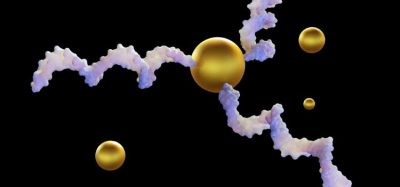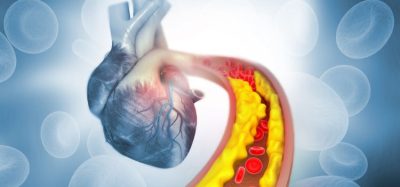Update on setting occupational exposure limits
Posted: 7 June 2022 | Hannah Balfour (European Pharmaceutical Review) | No comments yet
Here, EPR summarises a recent review, outlining the critical considerations when setting occupational exposure limits (OELs), with a focus on HPAPIs.


To prevent health hazards for workers, exposure to pharmaceutical products in manufacturing environments is minimised to an acceptable level. The occupational exposure limit (OEL) is the airborne concentrations of a substance to which nearly all workers may be repeatedly exposed over a working lifespan without adverse effects.
According to a recent review, setting these limits is becoming increasingly challenging, as OELs must be set for both well-characterised and studied active pharmaceutical ingredients (APIs) and chemicals for which there is a lack of data.
Pharmaceutical manufacturers are increasingly handling products containing highly potent active pharmaceutical ingredients (HPAPIs), with far greater biological activity and thus much lower OELs. Estimates suggest that HPAPIs may account for almost a third of the current pharmaceutical development pipeline.
A HPAPI is a substance (drug substance or intermediate):
- with an OEL of or below 10 μg/m3
- with a therapeutic dose ≤10mg
- that produces serious toxicity in laboratory animals at a dose of 1 mg/kg/day
It may also be a novel compound of unknown potency and toxicity. Common examples of HPAPIs include chemotherapeutic agents, antibody drug conjugates and hormones.
To set OELs, toxicologists have adopted a health-based exposure limit (HBEL) approach. This method considers substance-specific properties such as pharmacology, potency, pharmacokinetics and types of adverse effects, as well as non-clinical and clinical safety profiles. Additionally, it places greater emphasis on human health-based data than animal data.
Key considerations for setting OELs
For the greatest confidence, OELs should be set based on data from high-quality epidemiology or controlled inhalation exposure studies in human volunteers.
For synthetic hormones it is recommended that exposure is limited to one percent of the biological activity of a product: for endogenous hormones this could be one percent of the amount of hormone produced by the body a day (mg/day).
For protein therapeutics, it is important to consider inhalation exposures, presence of targets in the lungs and the possibility of occupational allergies while calculating OELs. Studies suggest a bioavailability of one percent should be considered for protein therapeutics with molecular weights of 10 to 150kDa.
For substances with minimal data, the read-across or surrogate approach can be applied, using a structurally similar substance or one with a similar mode of action to provide data to establish OELs based on the intrinsic hazard properties, mechanism of action and predicted potency. Alternatively, an OEL of 2 μg/m3 is generally sufficiently protective for all substances with unknown toxicological properties, including genotoxic effects.
The authors concluded that an evaluation of all available pre-clinical, clinical and pharmacovigilance data is necessary for arriving at an OEL.
To access OEL calculation examples, the full review was published in the Journal of Applied Toxicology.









